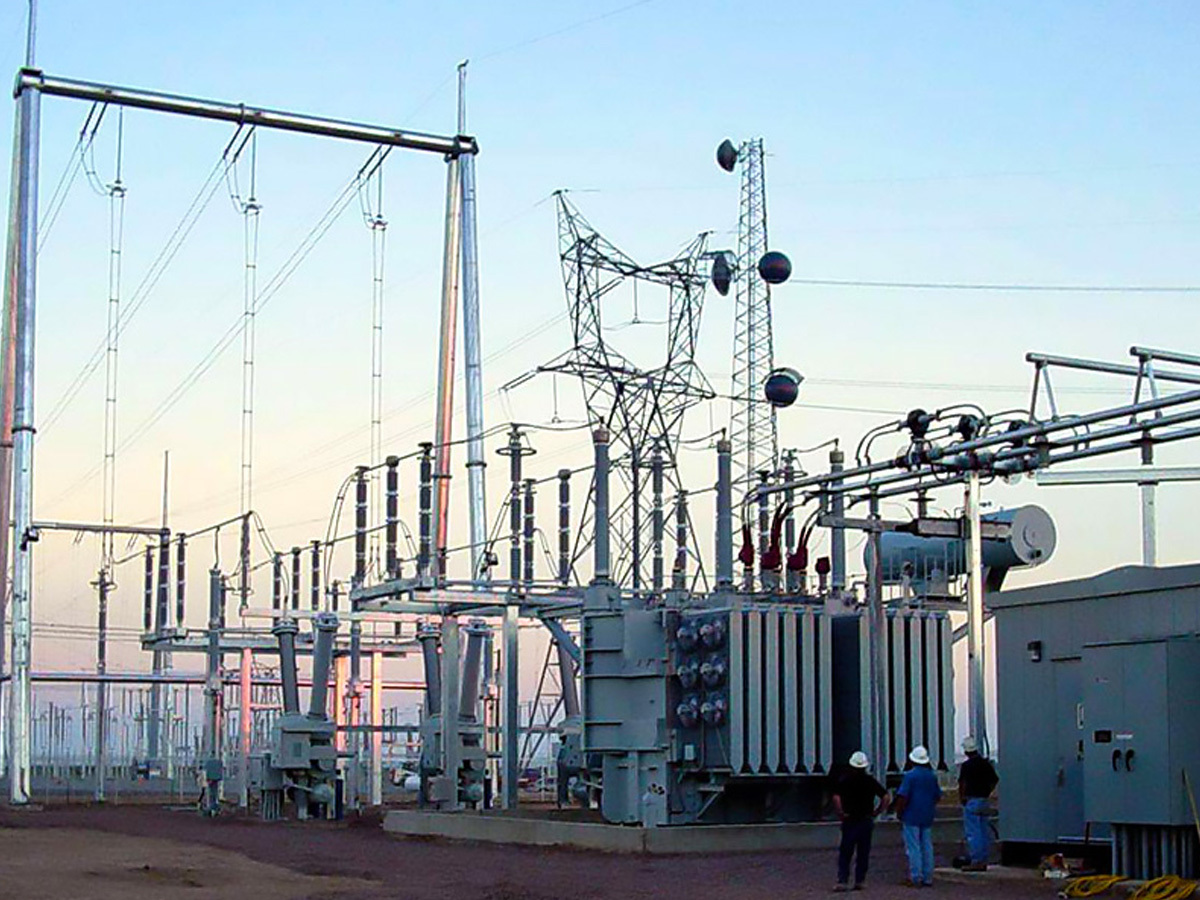Where are butterfly insulators generally installed?
Butterfly insulators are mainly used at corners, tension points, branches, and terminal positions of distribution lines, as well as on utility poles that need to withstand tensile forces. Their typical application scenarios include rural power grids, communication lines, and low-voltage distribution systems.
2025/08/18
View detailsPin Insulators and Post Insulators: Differences and Applications
Pin-type insulators consist of an insulator rod and a grounding lead, with a slender and sharp appearance, resembling a giant crystal pillar. In contrast, post insulators are cylindrical insulators, similar to a bamboo stalk.
Requirements for Installing Suspension Insulators
Suspended string: Spring pins, bolts, and through pins should be inserted from the power receiving side, with the center line inserted from left to right (facing the power receiving side), and the side lines inserted from inside to outside.
Principle of High Voltage Line Insulator Structure
High-voltage line insulators achieve current interruption through a multi-stage umbrella-shaped structure design and special materials. Their core principles include material insulation, structural pollution flashover prevention, and series voltage adaptation. Specifically, they consist of ceramic/glass/composite materials forming compression and tension-resistant components, increase creepage distance through umbrella-shaped folds, and use series combinations to match different voltage levels.
What is the purpose of insulators in power transformation and distribution engineering?
Insulators isolate live conductors from grounded parts through their high insulation performance, preventing current leakage. Under operating voltage, lightning overvoltage, or internal overvoltage, insulators must remain stable to avoid breakdown or surface flashover.
Are the metal parts on the substation insulators made of aluminum?
Aluminum alloy has characteristics such as light weight, good electrical conductivity, and strong corrosion resistance, making it suitable for use in power equipment scenarios that require both mechanical strength and insulation performance.
How to determine the quality of ceramic insulators?
Deformation Inspection: Place the ceramic body on a flat platform and observe whether it is stable and uniform, whether the edges are smooth, and whether the mounting holes are round and smooth.
How to choose ceramic insulators
When selecting ceramic insulators, the voltage rating should be considered first to ensure they can safely and effectively withstand the voltage in the circuit. This is because ceramic insulators have excellent insulation properties and high voltage resistance, and different ceramic insulating materials have different voltage withstand capabilities, so it is necessary to choose the appropriate material according to actual needs.
What is the main material of porcelain insulators?
High-purity alumina: As the core component, its content can reach 75%-99.9%. The higher the purity, the stronger the insulation performance. For example, corundum porcelain with 99.9% purity has performance close to that of sapphire single crystals.



